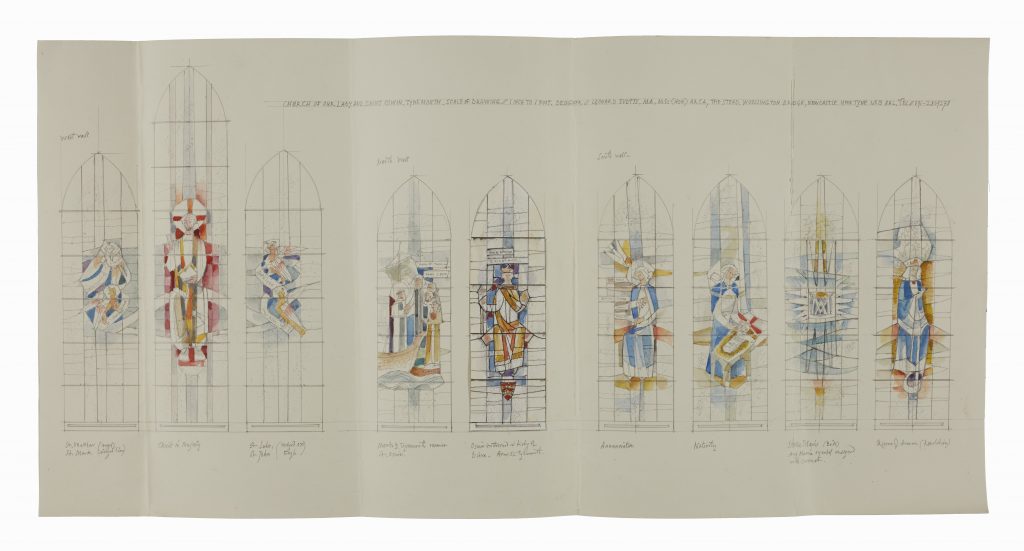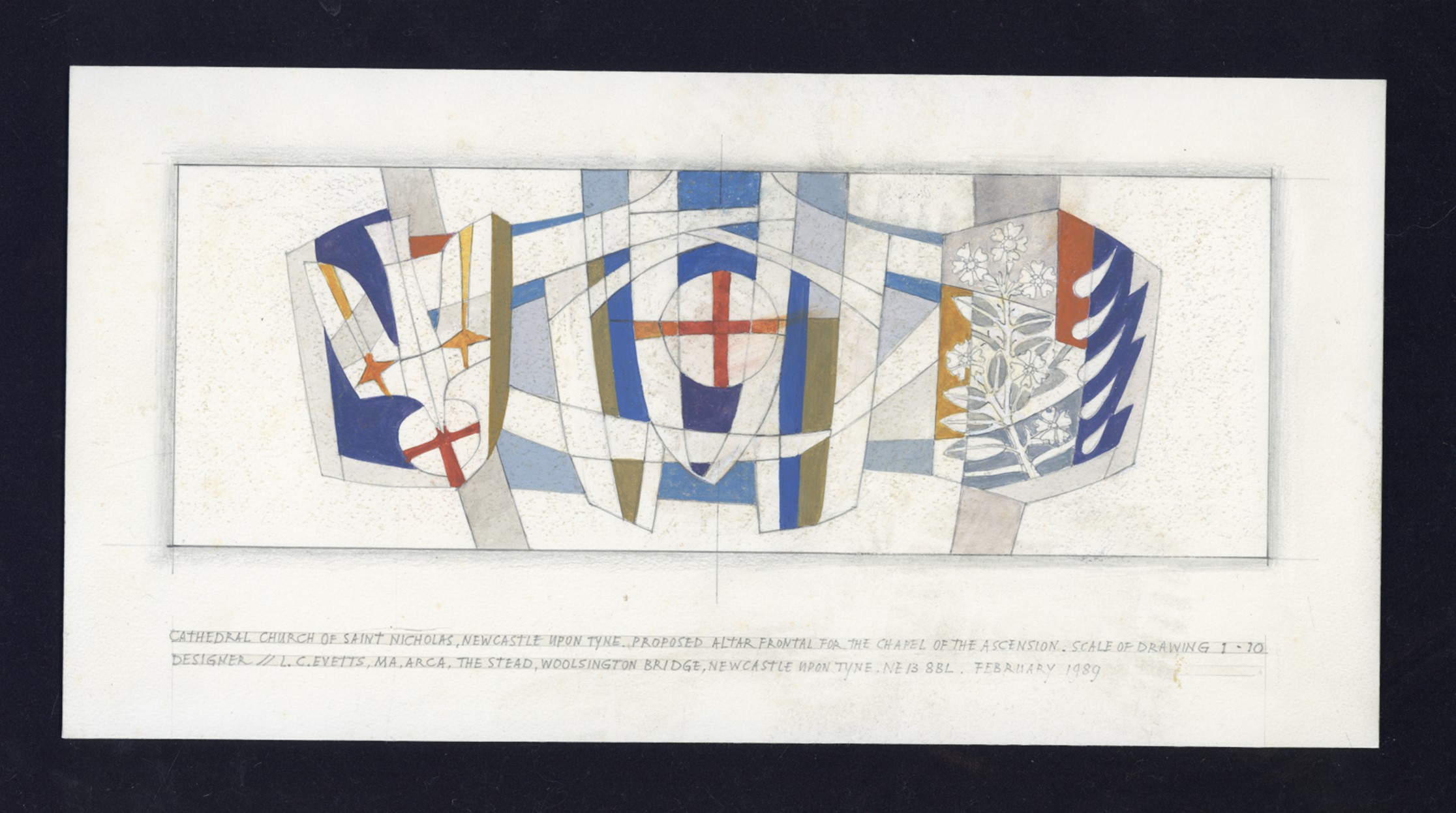This is an online version of the exhibition Letting in the Light: The Leonard Evetts Archive, which was on display in the Marjorie Robinson Library Rooms, Newcastle University prior to the closure of the Library due to the current Coronavirus situation.
Many thanks to creators Cathleen Burton and Paul Campbell, our placement students in Special Collections last year (2019) as part of Newcastle University’s Career Development Module. Working on the recently acquired Leonard Evetts archive, they helped to catalogue, re-package, and research this fascinating collection. The collection and its catalogue was scheduled to be open to the public by the end of 2020, and this unfortunately may now be delayed, but in the meantime here is Cathleen and Paul’s exhibition…
This exhibition showcases the archive of world renowned artist and designer Leonard Evetts (1909 – 1997), whose archive has been donated to Newcastle University Special Collections. A designer, painter, calligrapher, author, and teacher, Evetts is perhaps best known as a master in the design of stained glass windows. The most prolific English church window designer of the 20th Century, he created over 400 works of stained glass in his lifetime.
Evetts firmly believed that windows should ‘let the light in’ and disliked the dark effect of the traditional Victorian windows found in many English churches. He conceived his windows to show the play of light and shade at different times of day, with the different shifts in the weather, and even the seasonal changes in the trees and foliage surrounding his windows.
On receiving a tentative criticism that ‘all the other windows look so dark in contrast to yours’ Evetts replied ‘Oh well, I don’t mind that as long as you’ve noticed the difference!’
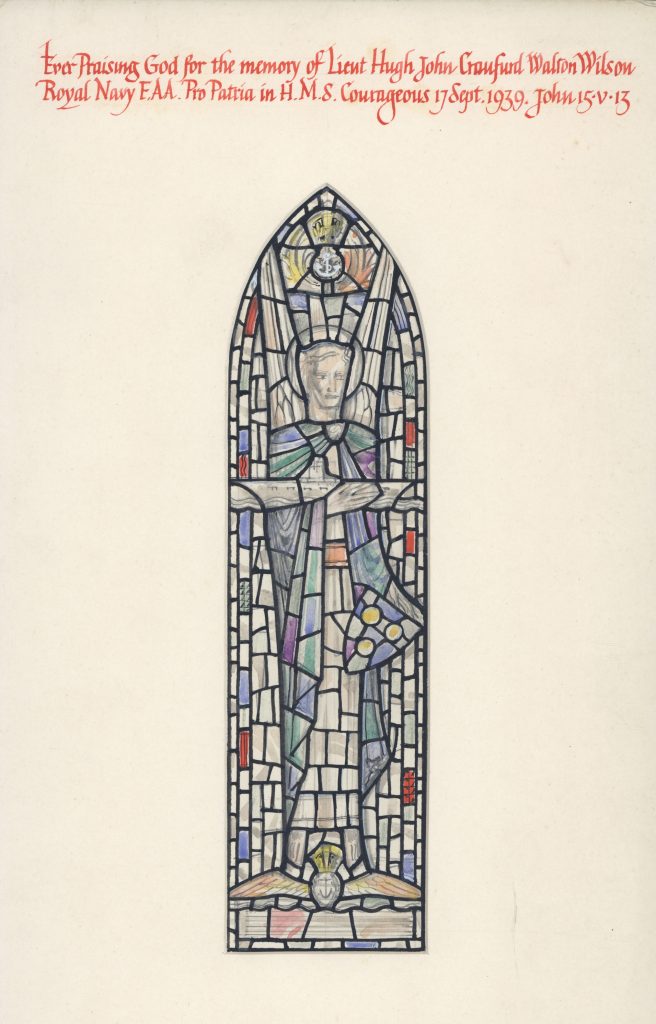
Born in Newport, South Wales, Evetts spent most of his working life in the North East – working at Newcastle University for 37 years where he was latterly the Head of the School of Design. Although he was commissioned by churches throughout England, many wonderful examples of his work can be found locally in the cities of Newcastle and Sunderland as well as the surrounding countryside.
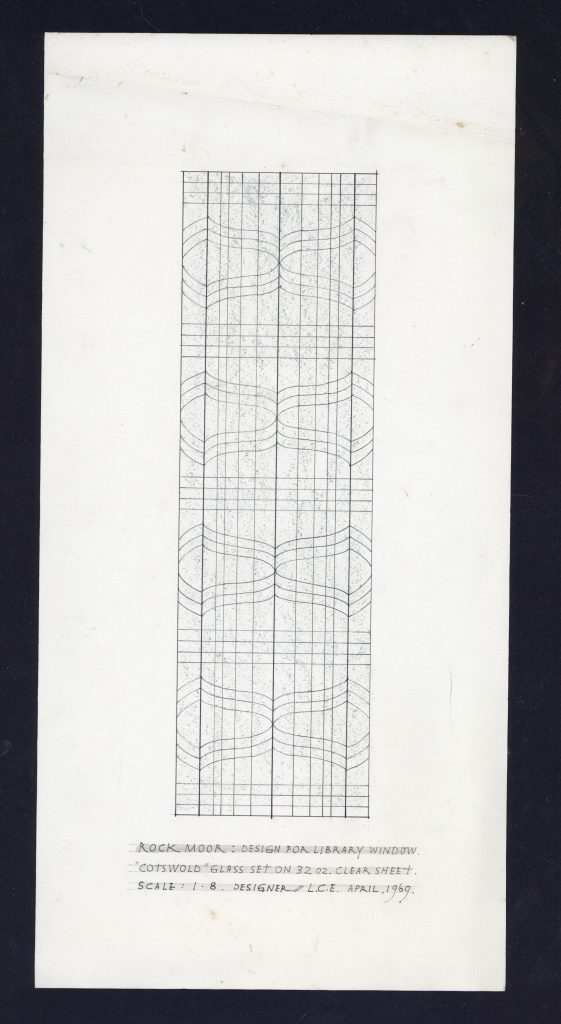
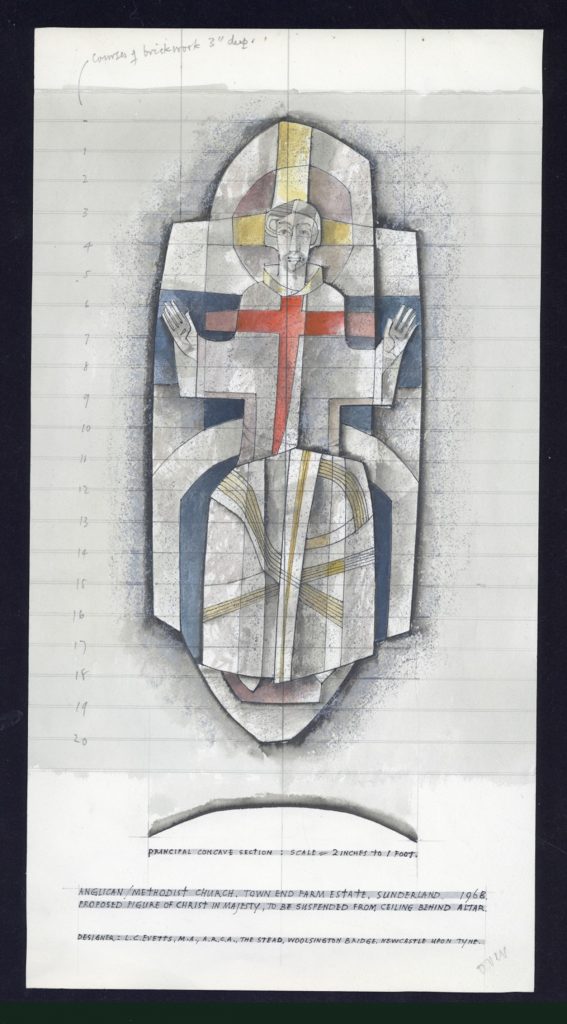
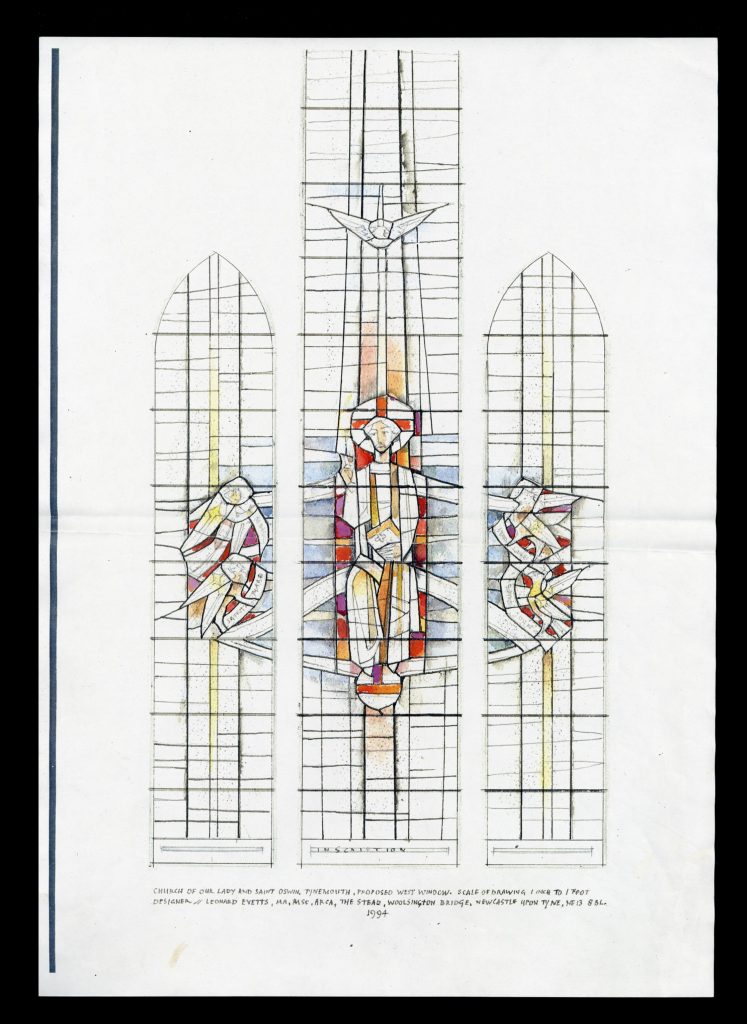
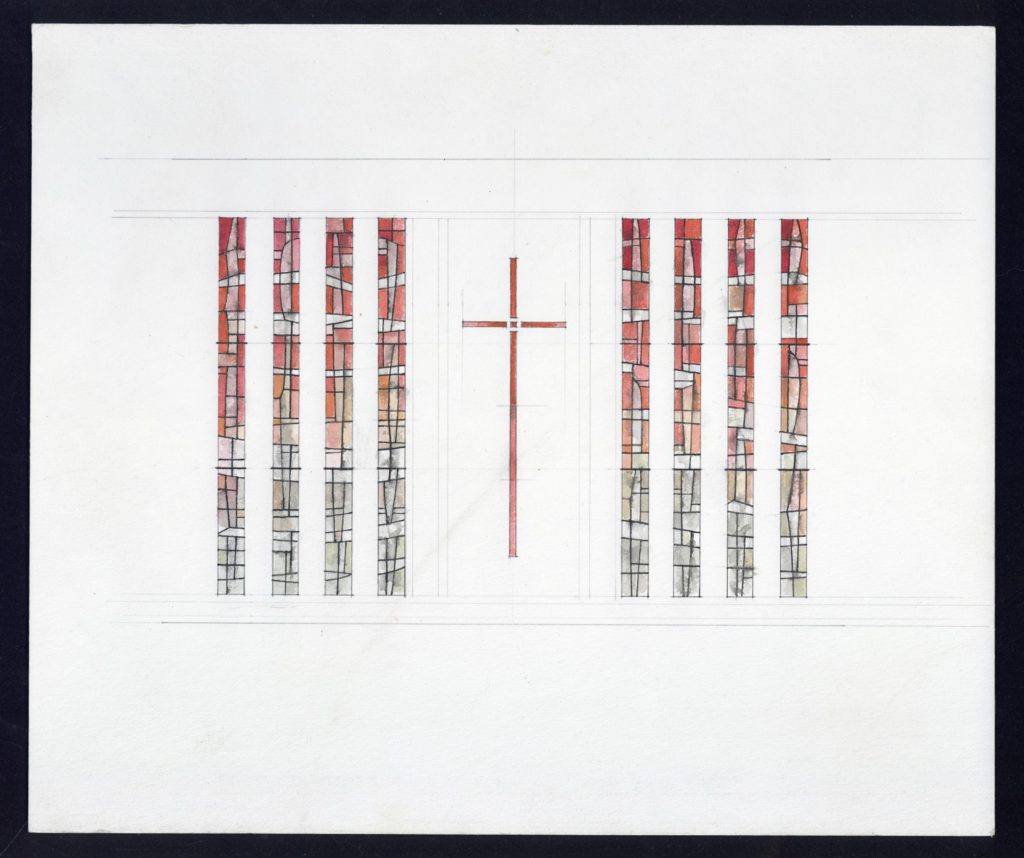
While much of Evetts’ work was commissioned within the UK, in the late 1950s and 1960s Evetts designed the windows for All Saint’s Church in Apia, Western Samoa.
Communication (by unreliable postal service!) was difficult during the project. Several setbacks occurred, including Evetts falling ill with influenza, delays in the receipt of important information, and one case of stained glass arriving damaged. However, the windows were eventually completed, combining images of saints and symbols of Samoa. Two of the windows were later chosen for special edition Christmas stamps on the island.
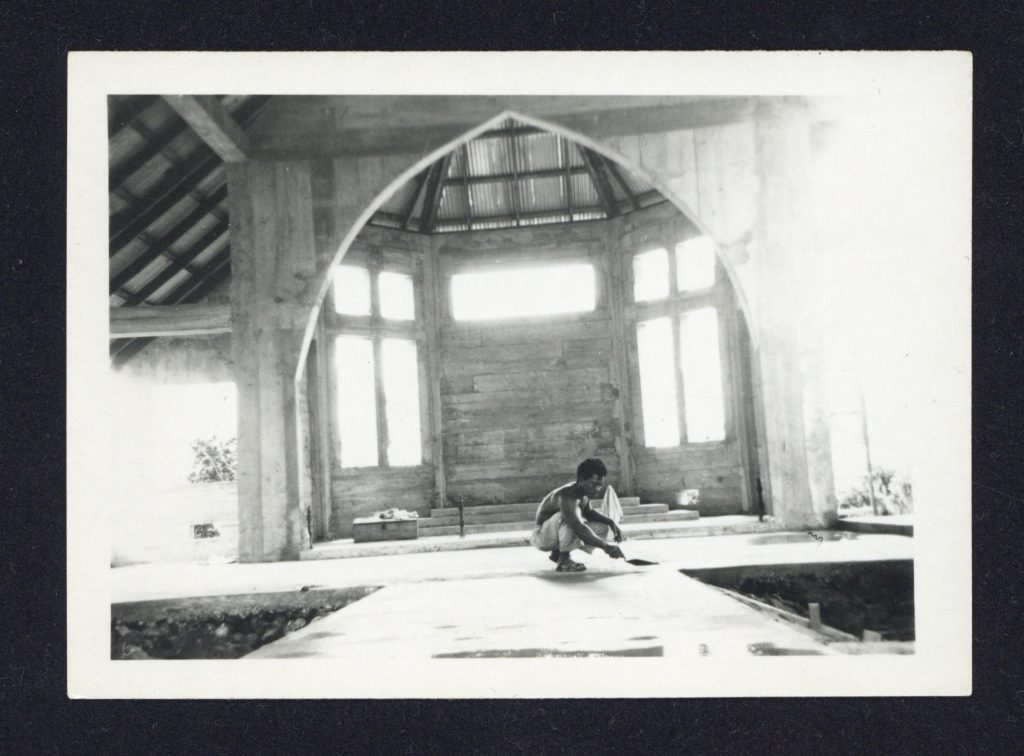
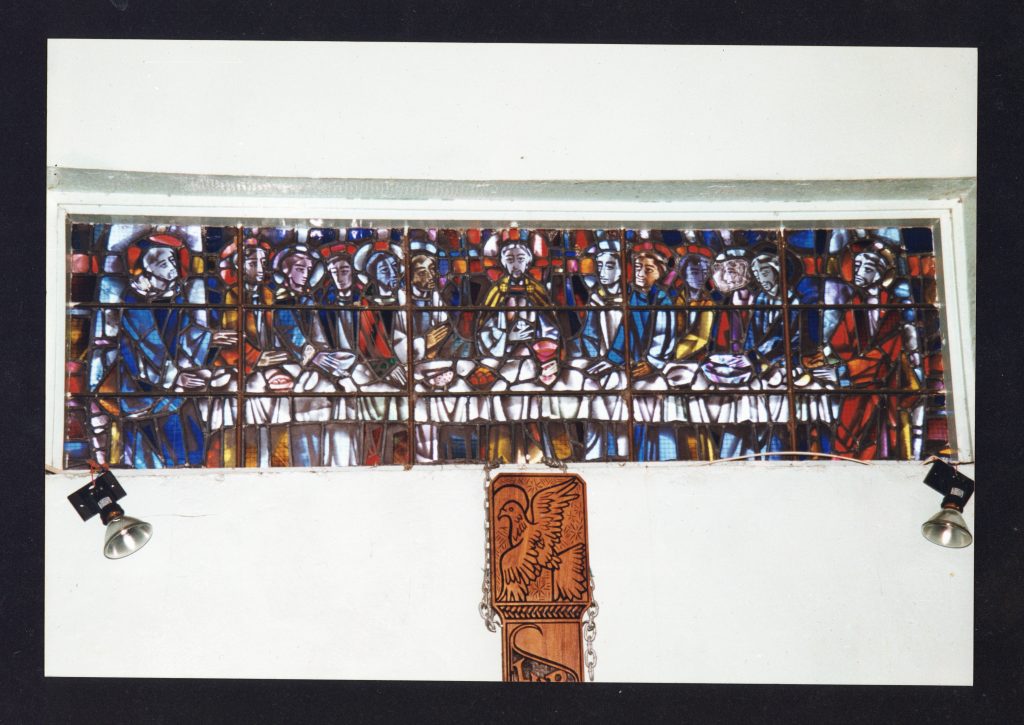
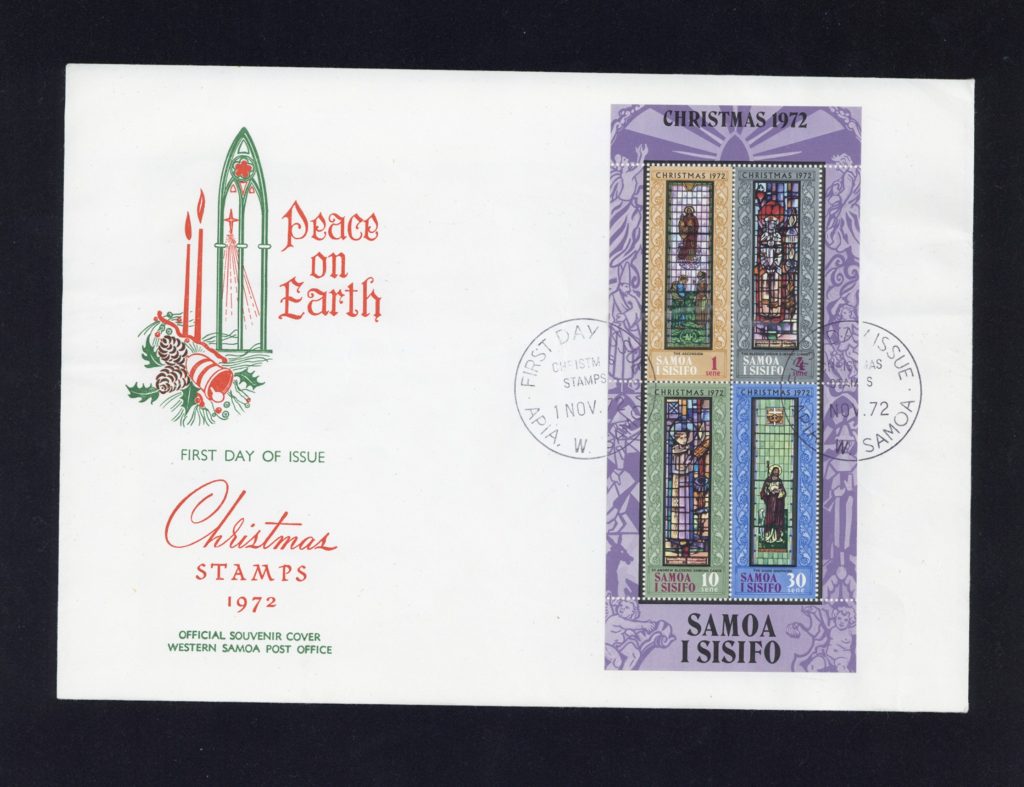
Although most known for his glass work, Leonard worked in many media and was a skilled watercolour artist. These examples from the archive show how he retained his distinctive style in these works, making skillful use of colour, line and atmosphere to bring out the true essence of the scene.
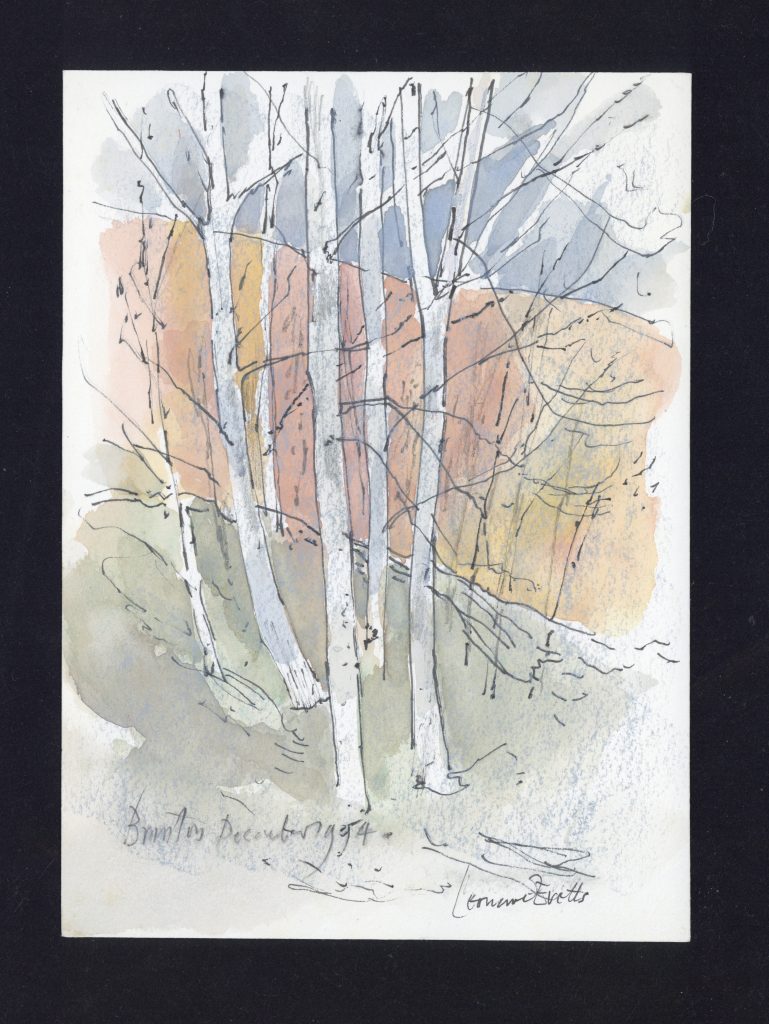
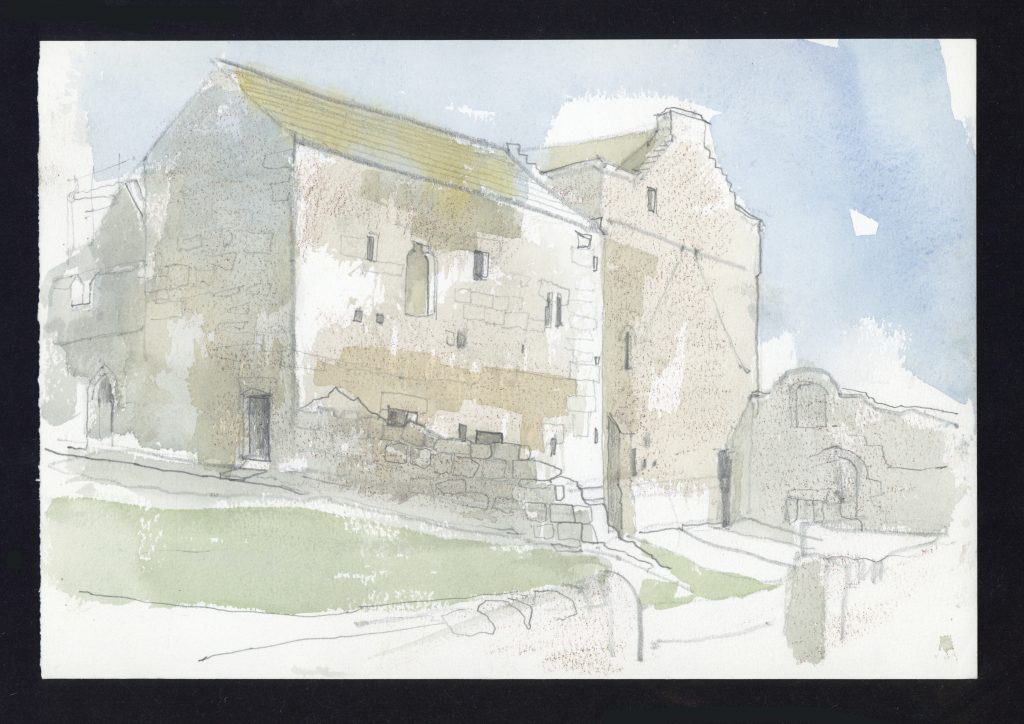
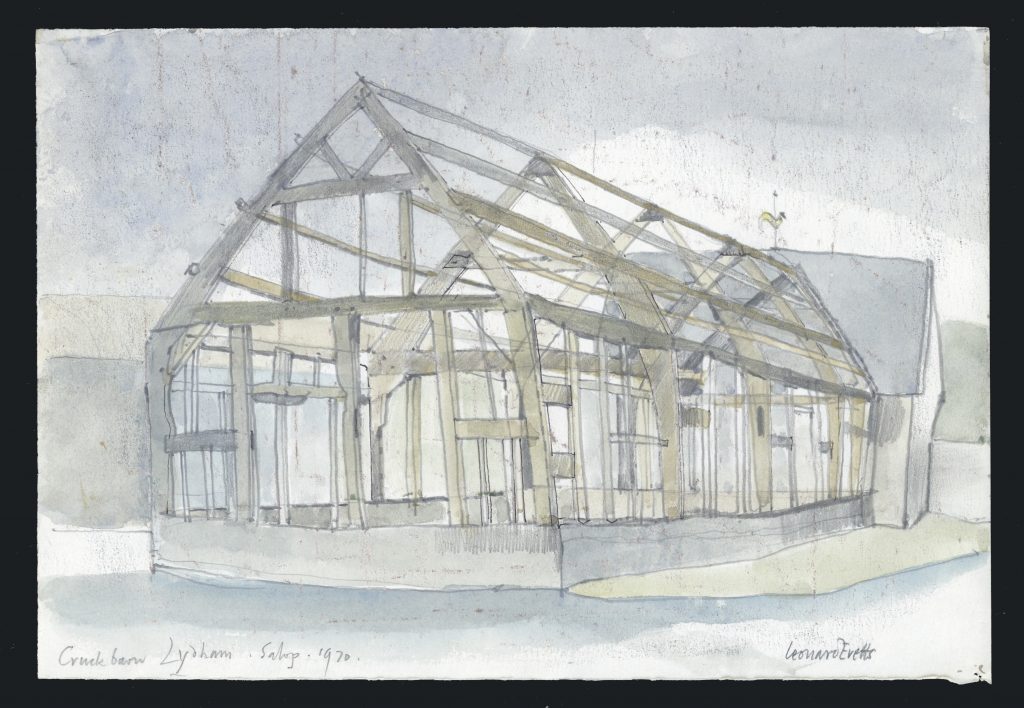
Leonard Evetts saw himself as a designer, and this is reflected in the range and scope of his work. As his wife Phyl Evetts commented “each commission was of equal importance to him, whether designing an amusing milk carton or a crozier for a bishop. He loved a challenge and nothing was too small or too mighty for him to tackle.”
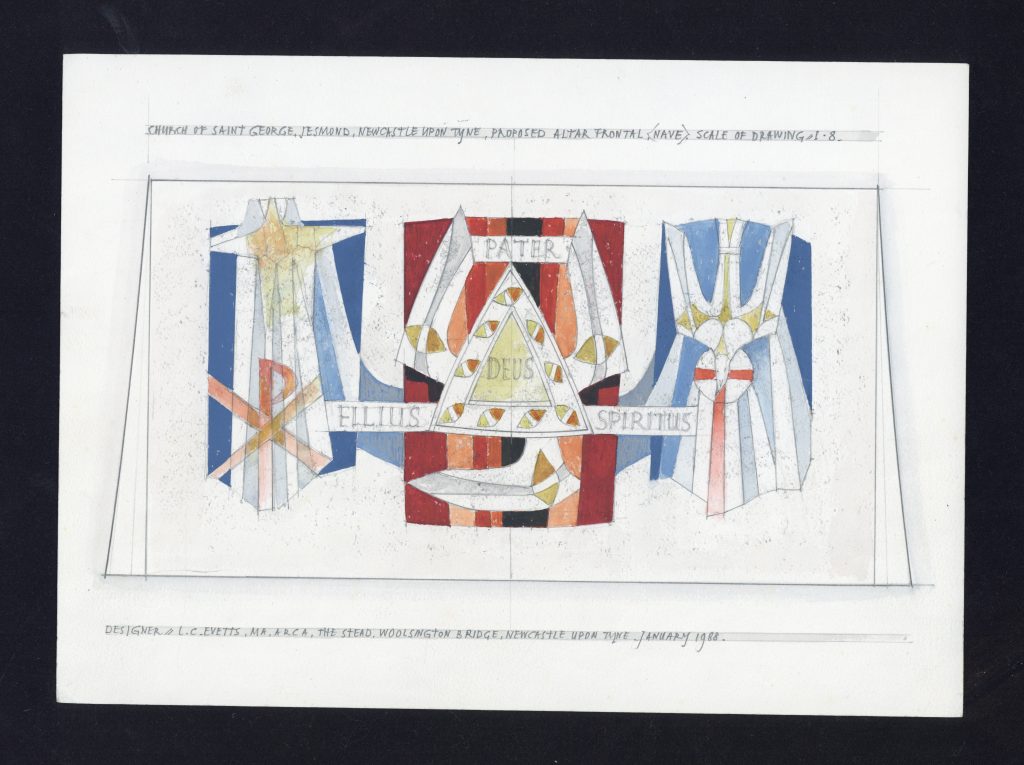
Leonard Evetts’ connection with Newcastle University was longstanding. After a period lecturing for the College of Art in Edinburgh, Leonard Evetts began working for King’s College Newcastle in 1937, lecturing in art and teaching students to design and produce stained glass pieces. When in 1963 Kings College became Newcastle University, Evetts became head of the School of Design and remained in the post until retiring in 1974.
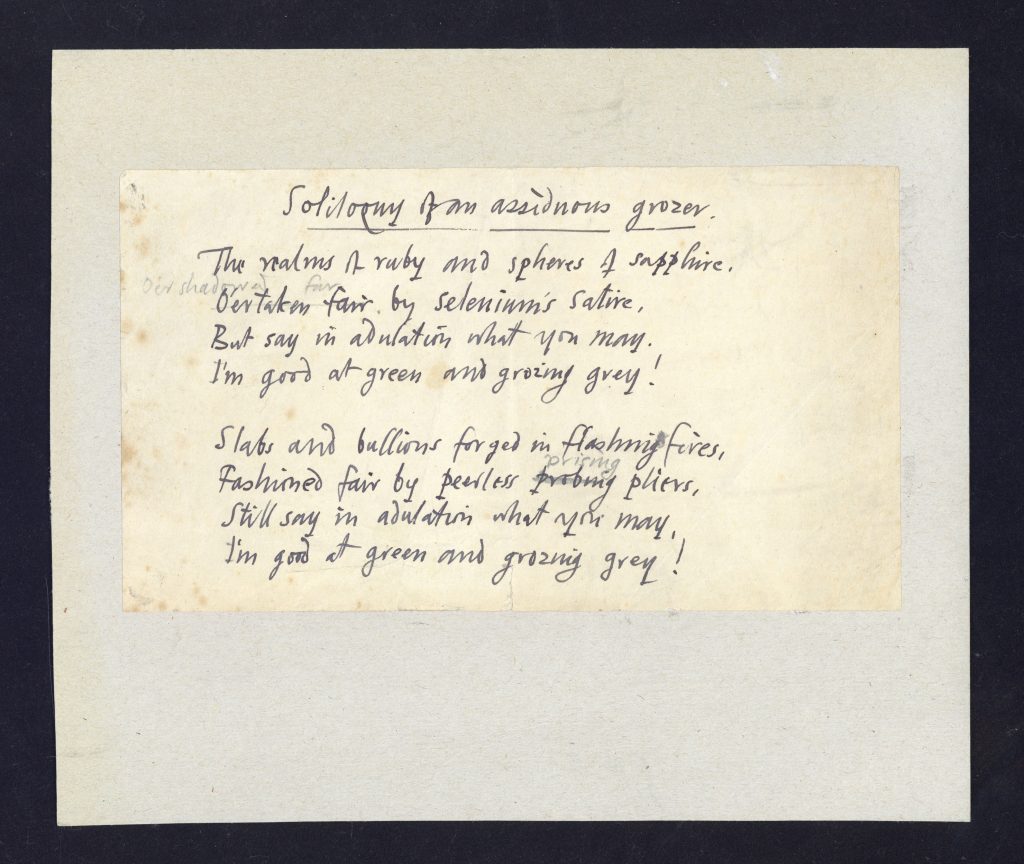
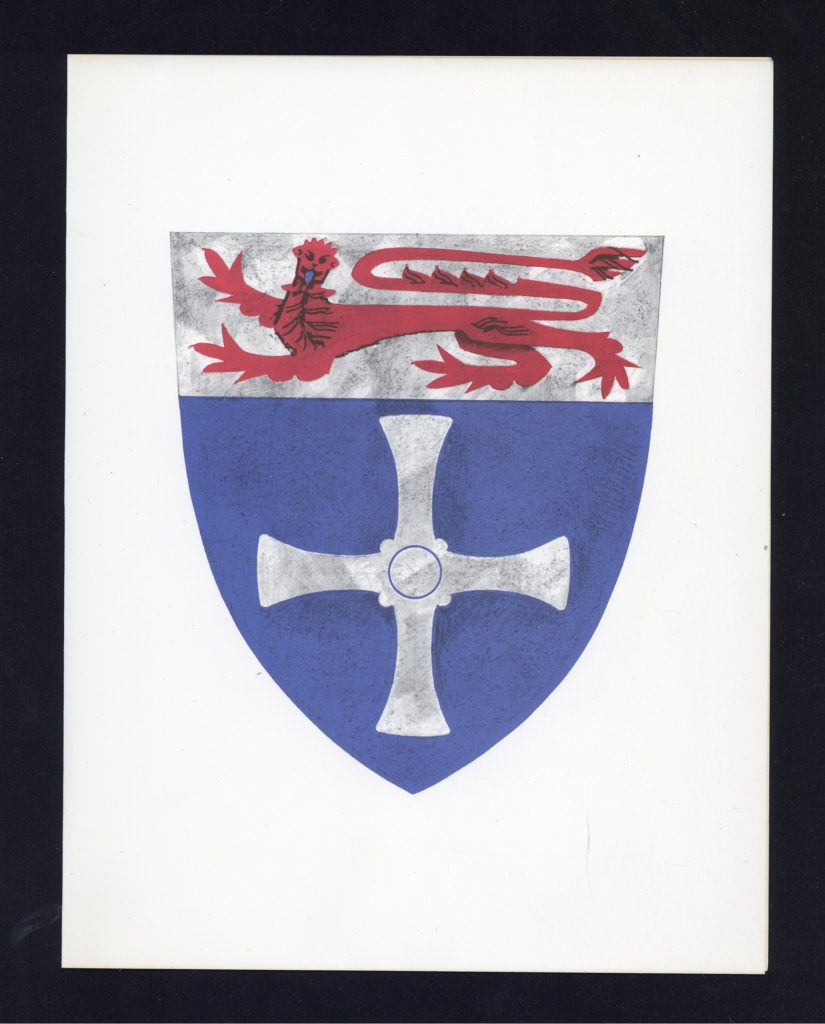
The shield of arms was first used by Kings College in 1938, and became the shield for Newcastle University when it became independent in 1963. This 1964 letter from G Ashley, Assistant Registrar, thanks Evetts for his help preparing the Shield of Arms.
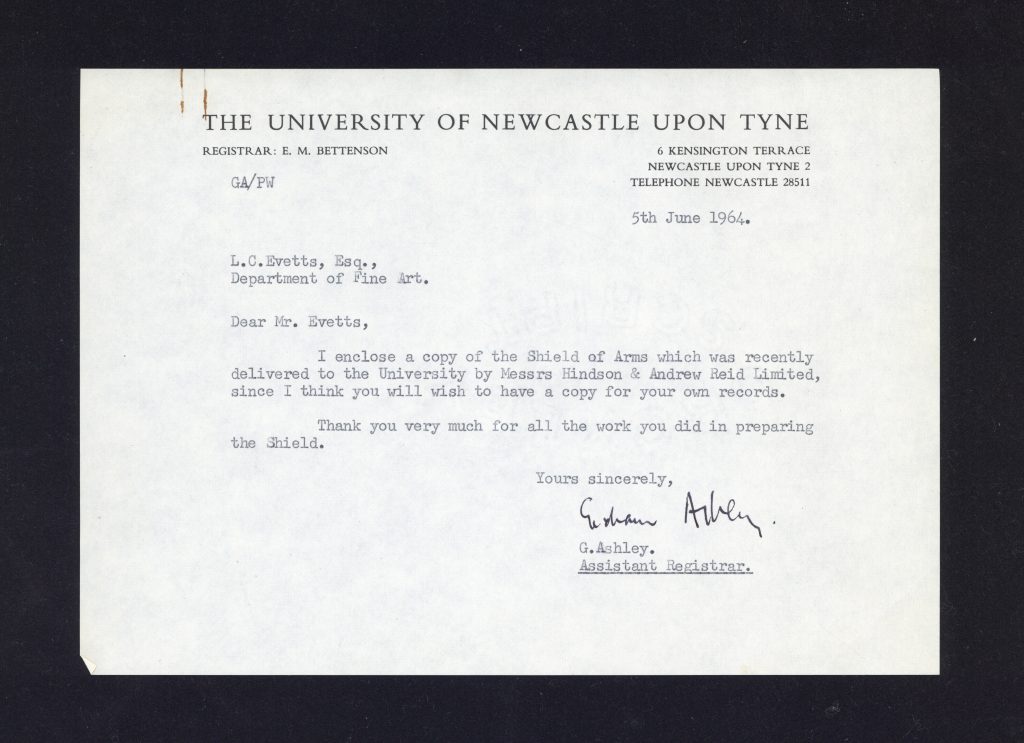
This exhibition was designed by Cathleen Burton and Paul Campbell, 2019. Cathleen and Paul were Special Collection placement students, whilst undertaking Newcastle University’s career development module.
Many thanks to both for their dedication and hard work.
